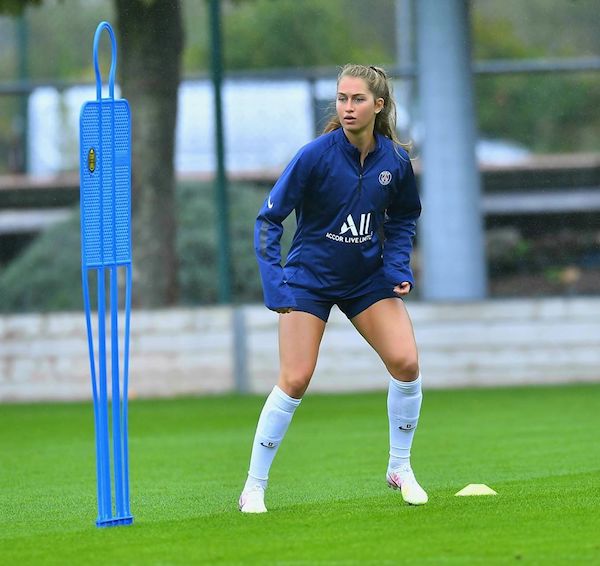
If you've been following the development of soccer in the United States for any length of time, you've no doubt read about Fred Oliver. A Pawtucket Free Wanderers native, Fred Oliver was a centerback, forward, and defender. One of the most remarkable aspects of American soccer's early history is the inclusion for the first-time of African Americans in a senior league. His career began in a bolt factory, but he was a star for the team's name, which earned him a spot in the first edition of the World Cup.
African Americans have played in a senior league
There is a long soccer history in the United States, but very little information about it. The leagues do not have the bandwidth to document this history. Sports historical societies have been created to help uncover these stories. For example, the Society for American Soccer History recently published a report about the first known African American soccer player. This report, Fred Watson (and Oliver Watson), outlines the most prominent African American soccer players in the United States.

While the game is changing, the problem of the insufficient representation in the executive ranks remains. Only 1.6% of soccer executives in the United States are black. The only Black owners of professional soccer clubs are Burton Albion and Salford City, low-profile English third and fourth tiers. This is partly why there aren't many Black coaches and managers. The Society is working to rectify this problem by providing a platform where African American players can play.
In the 1980s, the NASL was in decline
The NASL struggled to stay competitive as the 1980s approached. The league's decline was due to overexpansion and disputes with its players' union. At the time, unemployment was at 10.8%. It was the highest level recorded since World War II. As owners attempted to reduce costs, it was clear that the league was losing cash. The league was close to collapse in 1982.
The league's financial problems started to have an impact on the clubs. The league was only 18-teams in 1977. Most owners spent more than 70% of their budgets on salaries for players. The NASL's lack of financial resources led many owners to drop weaker teams and continue with six teams. Although 24 teams were in existence by 1978, this was not enough for the league's growth.
The U.S. was proud to host the 1986 World Cup.
The U.S. was not victorious in the World Cup. However, their success was evident right from the beginning. The attendance was greater than at any other time in U.S. Soccer history. The U.S. beat Yugoslavia, 4-2, in the Rose Bowl's opening round. This was in front of 97.451 people. The semifinals saw Brazil defeat Italy 2-1 in front 83 642 Stanford students.

The United States qualified to the World Cup on the basis of its performance in the qualifying phase. After a slow qualifying stage, Jurgen Klonsmann was fired and Bruce Arena, who had won three of the eight qualifiers, was hired again. Sunil Gulati, the president of U.S. Soccer, said that the qualification campaign was a goal the U.S. expected to reach.